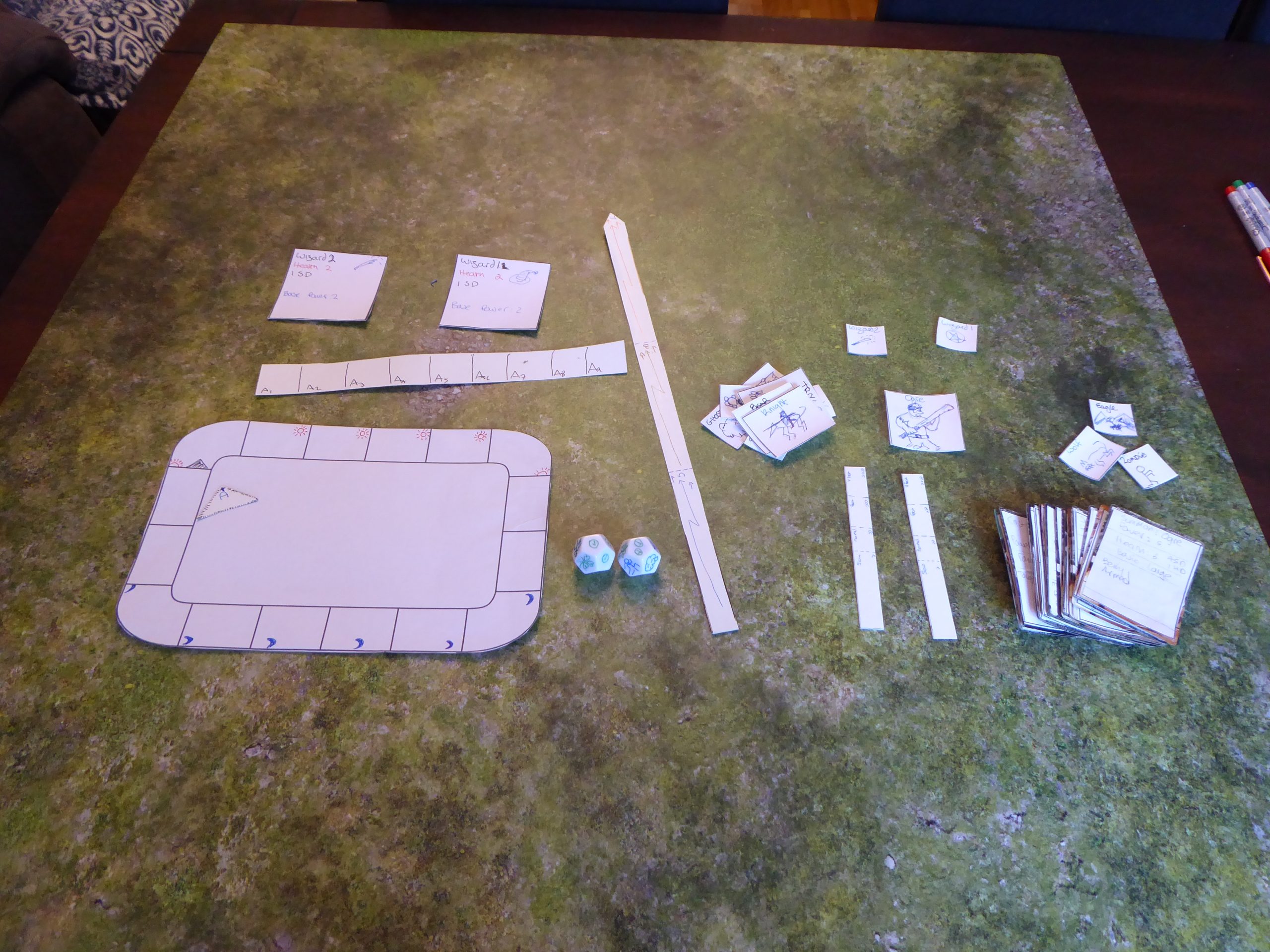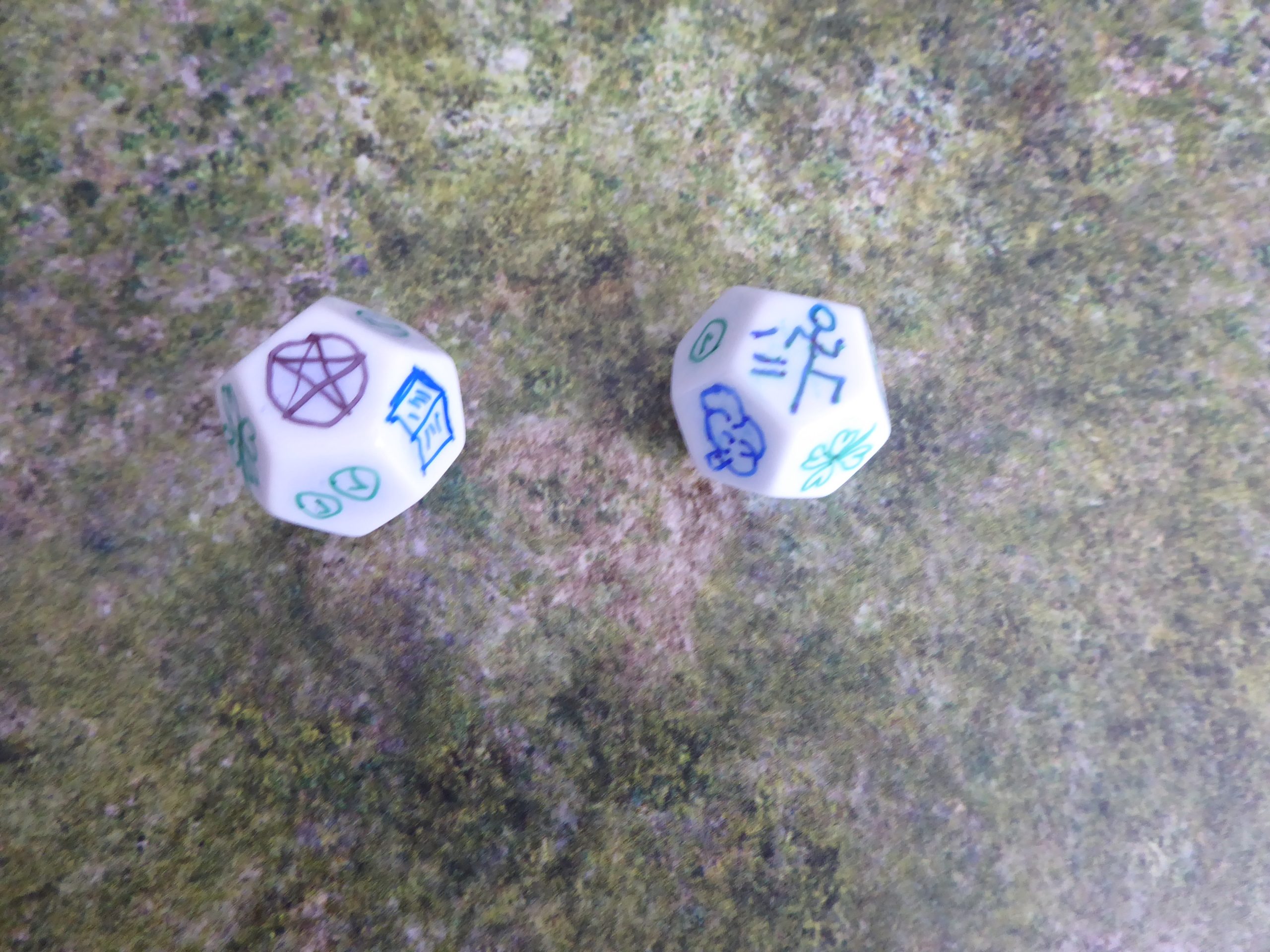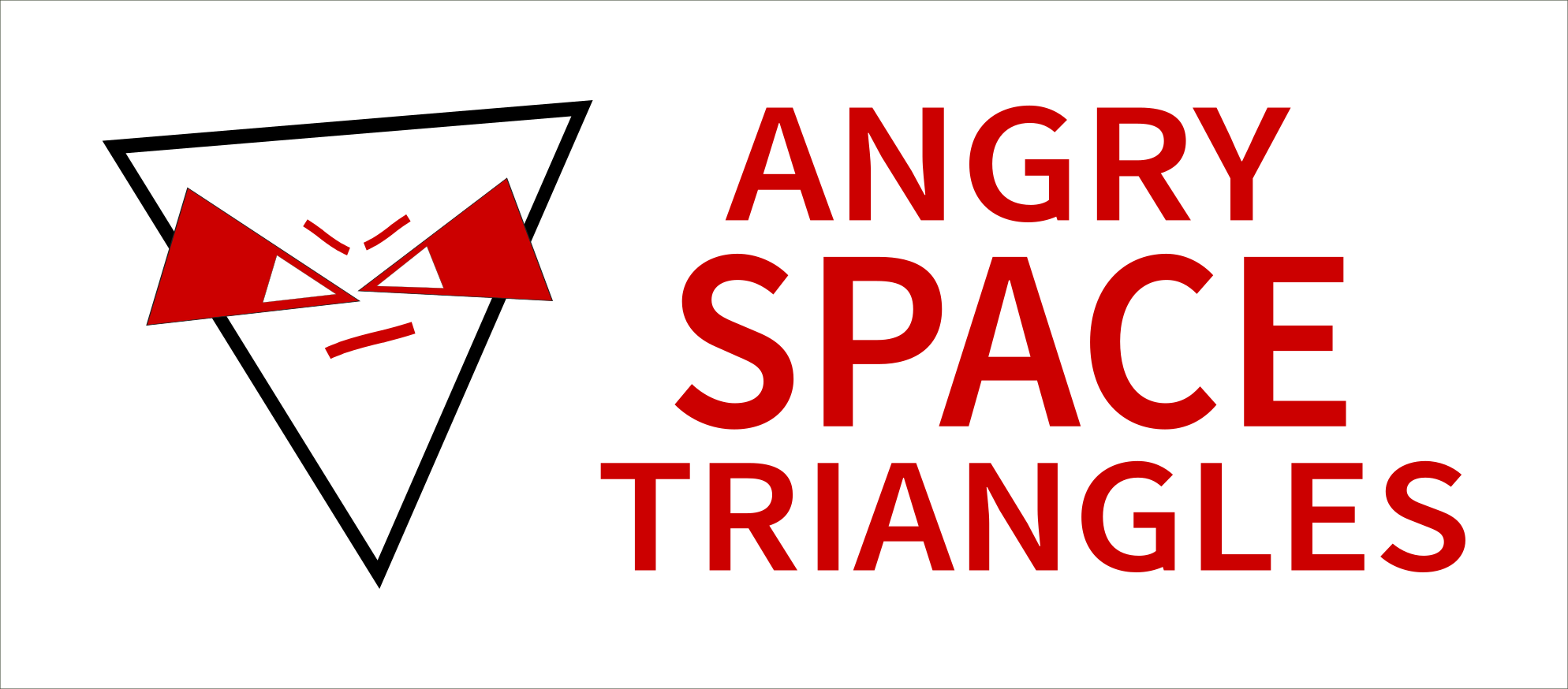
New Feature Development for Version 2
This post looks at the second round of development to my wizards wizard vs wizard combat game, following my initial bout of testing. After the first play test, I organised the resulting notes and thoughts and spent a couple of months working on some of the key design problems that came up during testing. I’ll write something on the importance of keeping notes and having a low-level design process in the future, but for now, I’ll just state that I’m glad that I realised the necessity of these things early on. Keeping good notes helped me remember what it was that needed attention – it’s easy to lose focus when developing in your spare time alongside a demanding job.
Feature “to do” list
I condensed my “to do” list down into a bunch of objectives for the scope of the next play test build (Version 2, aka, V2). The master list of scope is as follows:
- Look at smaller creatures
- Develop a new movement system
- Test a new system for ranged combat
- Try a new ability ‘”test’” system
- Make day / night cycle
- Try different wizard types
- Add different ‘flavours’ of magic
- Test objectives / scenarios
- Develop a system for creatures
- Interacting with the map
- Create a ‘points cost’ system
- Develop a system for items, and searching for items
This ‘master list’ shows what I consider remains to be done for the game to be feature-complete. I’m aiming to have some mechanics for all of the above items as soon as possible so that I can get a holistic feel for the game’s full scope. That said, however, I wasn’t going to get all this done in one go! My second play testing session done after looking at the top 5 items.
Note, that I have just organised the top 5 for the convenience of this post. In reality, I chose the items to work on without much thought – it was all about what I wanted to do and felt motivated to do, rather than there being some grand strategy behind it. I’ll talk about the importance of enjoyment and productivity in another post.
A look at smaller creatures
Previously, I had decided to make the game pieces that represent summoned creatures as 40mm by 40mm squares, as a baseline. Comparing these with other games (such as those by Games Workshop or Fantasy Flight Games), I decided that they would probably be too big at this size.
Size matters?
I think it is important that the players really notice and feel the presence of their miniatures. Players will typically have fewer pieces on the board at one time than, say, Star Wars Legion or Warhammer Fantasy Battle, so the pieces can be bigger. Just not too big.
I can’t make a final decision on the miniature sizes until cost and other production considerations are taken into account, but for now, I want to start getting a feel for what my preferences are.
After some experimentation, I decided that 20mm by 20mm was far too small. I found a compromise between the two extremes (40mm and 20mm) as follows:
| Reference | Description | Measurements |
| 1 x 1 | Baseline human size | 32mm by 32mm |
| 2 x 2 | Large size (ogres etc) | 64mm by 64mm |
| 1 x 1.35 | Long creatures (wolves) | 32mm x 43mm |
| 1.35 x1.7 | Large and long (knights, bears) | 54mm x 54mm |
A deceptively large amount of thought went into this. I settled on these sizes in conjunction with developing a new and more complex movement system since both are quite heavily coupled.
New movement system
My initial ‘quick and dirty’ movement system was created on-the-fly in about 2 minutes while I was doing my first play test. This time, however, I put some more thought into it. I considered the following aspects for inclusion:
– Flying creatures
– Asymmetrical (long) creature bases vs symmetrical (square or circular) creature bases
– Running vs walking
– Effects of size
– Ease of comprehension by the players
I believe that the most important consideration is for the system to be easily understandable by the players. A number of ideas got thrown out very quickly simply becuase I couldn’t easily remember how they worked !
Resulting from this develpment work is a movement system that has creatures rated with a movement speed (slow, fast, very fast etc.) This in turn translates to a distance (2.5 inches, 3 inches etc*). If a creature runs rather than walks, then it moves twice at its rated speed.
While this may sound simple and obvious, it is the result of having considered more complex systems.
* With regards to a movemenmt system, I want to work in imperial units for some reason! I prefer the smaller numbers, I guess? Numbers will all be abstracted away from the player by using range rulers and the like, so it’s not important. It’s just interesting that I have a strong preference for one scale over another!
Ranged combat
During my previous play test, I had noted down that ranged combat would need some thought. Initial results were that the ranged ‘Elf’ creature was too powerful – it was too easy for it to avoid combat and shoot and wound creatures from a distance with little risk to itself. It was particularly threatening to an opposing wizard.
For the next version of the ranged combat system, I made the Elf weaker in combat by giving it fewer combat dice to roll. It would be able to shoot well at close range, but less so at further ranges. I gave it a keyword** of ‘“Ranged (S,M.)’” to represent it’s minimum and maximum ranges, with S meaning ‘short range’ and M meaning ‘medium range’.
I would have ranged attacks lose dice as they are carried out at further ranges .
** I’ll talk about using ‘keywords’ in another post.

The new smaller game pieces and a range ruler
A new ability test system – ability dice
The concept of creatures making ‘ability tests’ when they need to perform some special task or save themselves from a nasty effect of a spell is common in most RPG type games. Including ability tests will add depth and help add some variety and fun into deciding outcomes.
I like the idea in Star Wars Legion where some outcomes are determined by rolling dice, but some of the dice faces only apply in certain circumstances.
This gives the game designers more flexibility and granularity when applying those dice. An example of this is a unit of soliders has been shot at and is making a roll to see how many models it can save from being removed. Some types of unit can count on dice faces showing “Surge” icons, while others cannot. Those units that can take advantage of Surge icons have a greater chance of being saved because rolling any surges count as successes.
In a similar fashion, I am experimenting with having dice faces that count as successes only in certain circumstances. The first version of my new ability test system works like this:
- Creatures can have either one or two twelve-sided dice (D12) to roll
- Approximately 50% of the die faces show symbols that represent ‘success’, with all other faces having some symbol representing a characteristic such as ‘agility’ or ‘intelligence’.
- Some creatures in the game will be tagged with keywords that match these characteristics, for example, a Goblin might be tagged with ‘agile’ as a characteristic
- Ability tests will require a number of successes to pass
- Different ability tests will ‘burst’ on different characteristics; so for example, an agility test will ‘burst’ on the agility characteristic
- When rolling dice, if the creature is labelled with a characteristic that matches a symbol that they roll, and that same symbol matches the a characteristic that the test ‘bursts’ on, then the test will be passed.
This system gives the designer lots of ways to differentiate one creature from another, and specialise creatures into certain preferred roles. Using the example above, the goblin would be on average better than most creatures at dodging and other activities that require dexterity.

The new ability dice
New day-night cycle
Finally, I looked at modifying the activity track idea to include a day and night cycle. I want to create varied game conditions that depend on the time of day. Coupling this feature with the activity track is an obvious thing to try and explore.
I considered that I was designing for more than two players. The activity track might vary in length based on the nbumber of players. To accommodate this, the activity track would need to be constructed out of multiple pieces probably with ‘day’ showing on one side, and ‘night’ showing on the other, thereby allow it the track to be configurable based on the number of players. A track could always be constructed with the same number of spaces of light and dark, and could have the total number of spaces vary based on the number of players.
With this in mind, I made a new cardboard track and marked it up with spots representing day, and spots representing night, with two transition periods of twilight. The double-sided aspect didn’t need to be made right now – having designed this in advance ‘future proofed’ my thinking and further developments of the activity track.
New play mats
Additionally, I have acquired a couple of 3ft by 3ft play mats with the purpose of making play testing more thematic. I need to constantly be working towards what the final game will feel like to play. Improving the aesthetics is one key aspect to this.

The new activity track in development
Production and playtesting
Before I could play test, I re-made all the creatures at their new size, made some new simple movement rulers, made a new range ruler, and re-made the spell cards. This was tedious and suprisingly time consuming. The next time i need to reconstruct so many components I will digitise as much of it as possible so that I can at least avoid so much hand writing!
(Digitising assets will also allow me to include graphics, making the test builds more thematic.)
Play testing was quite quick and easy. The game felt much the same as it did before and I was pleased, but I also noticed a couple of design flaws with the activation track. Without going into detail here, it seemed that the order of activity was a bit too predictable and often would leave one wizard doing a bunch of activity in one go, rather than activity being much more split between the players. This is something to explore in the future once the base game is more feature complete.

All the new components ready for testing
